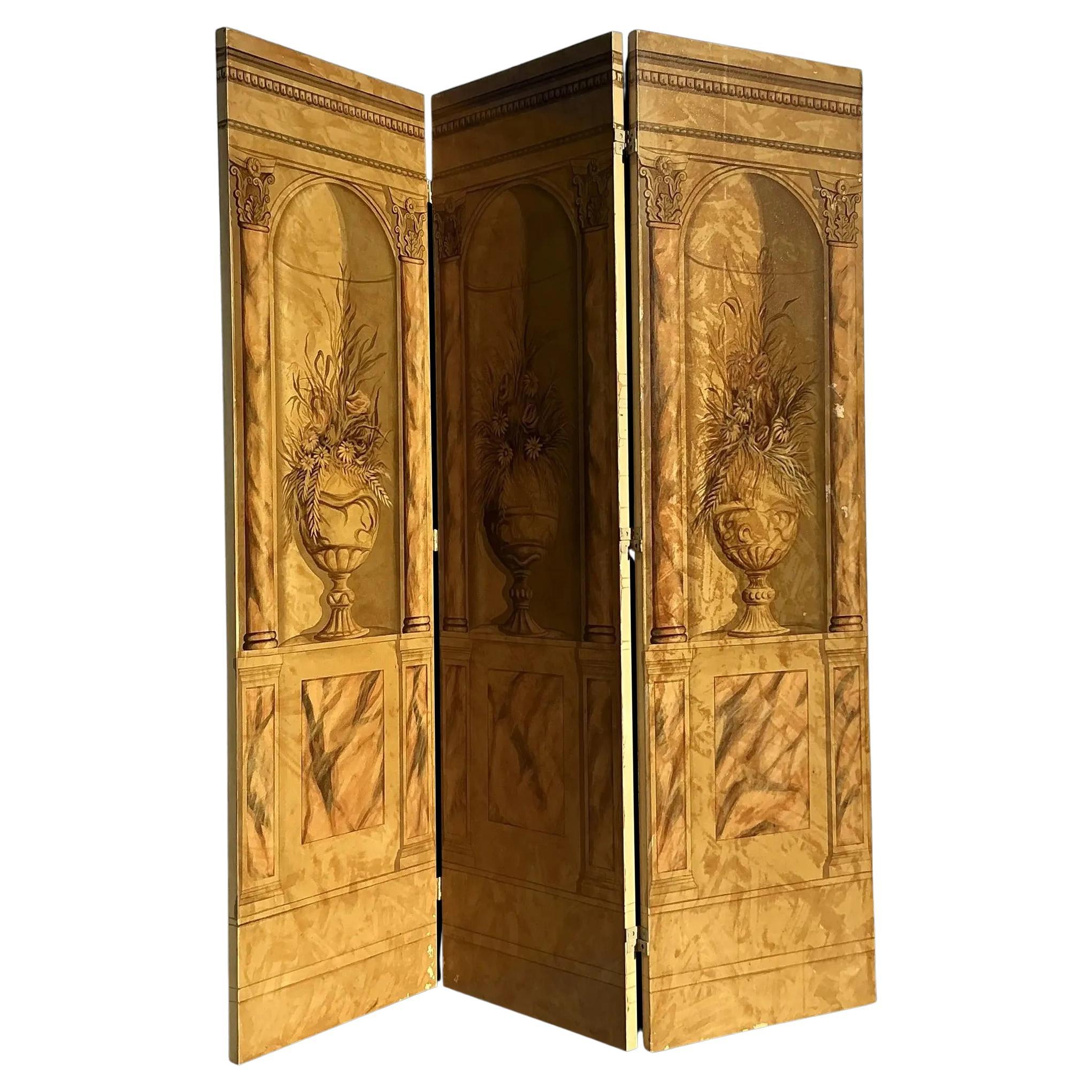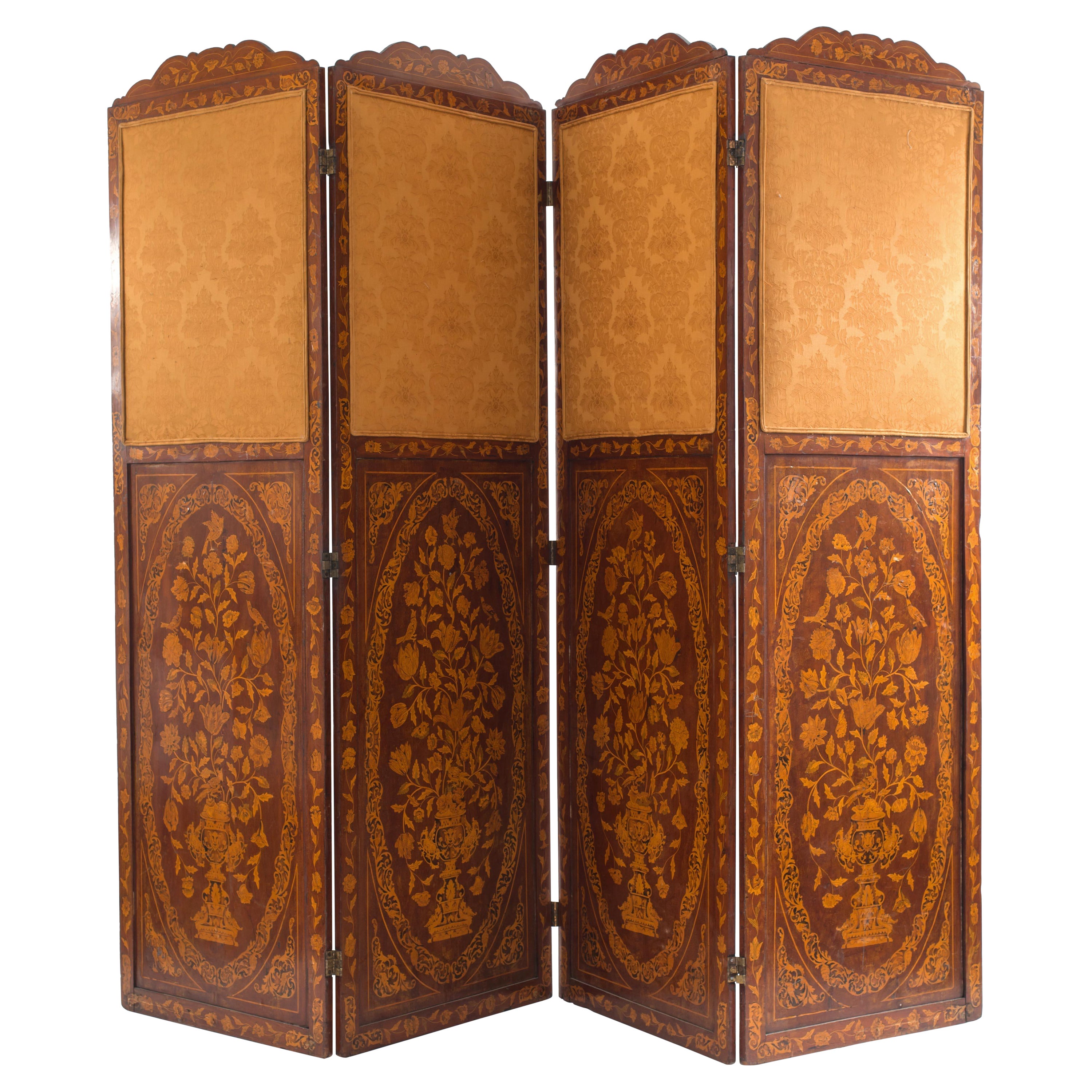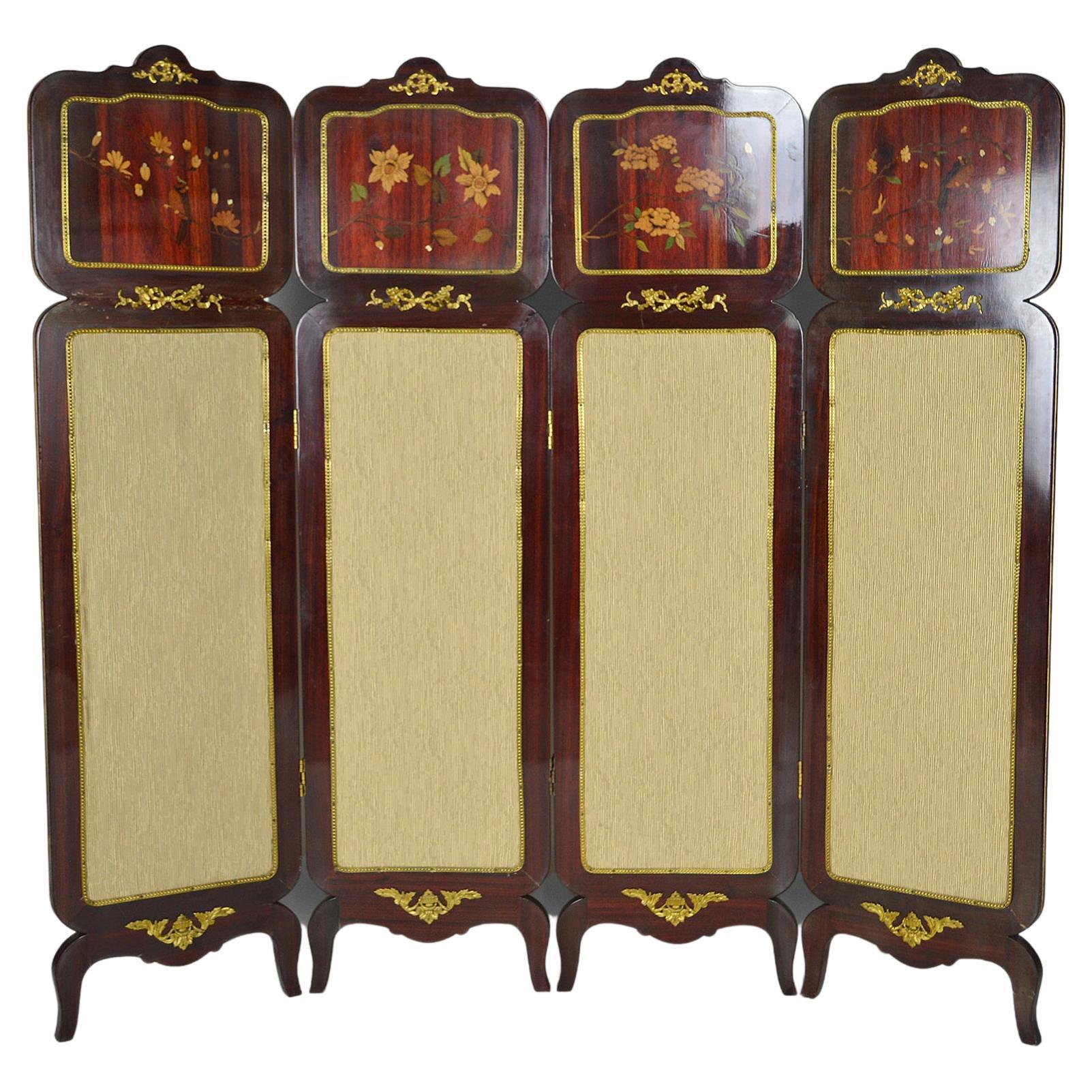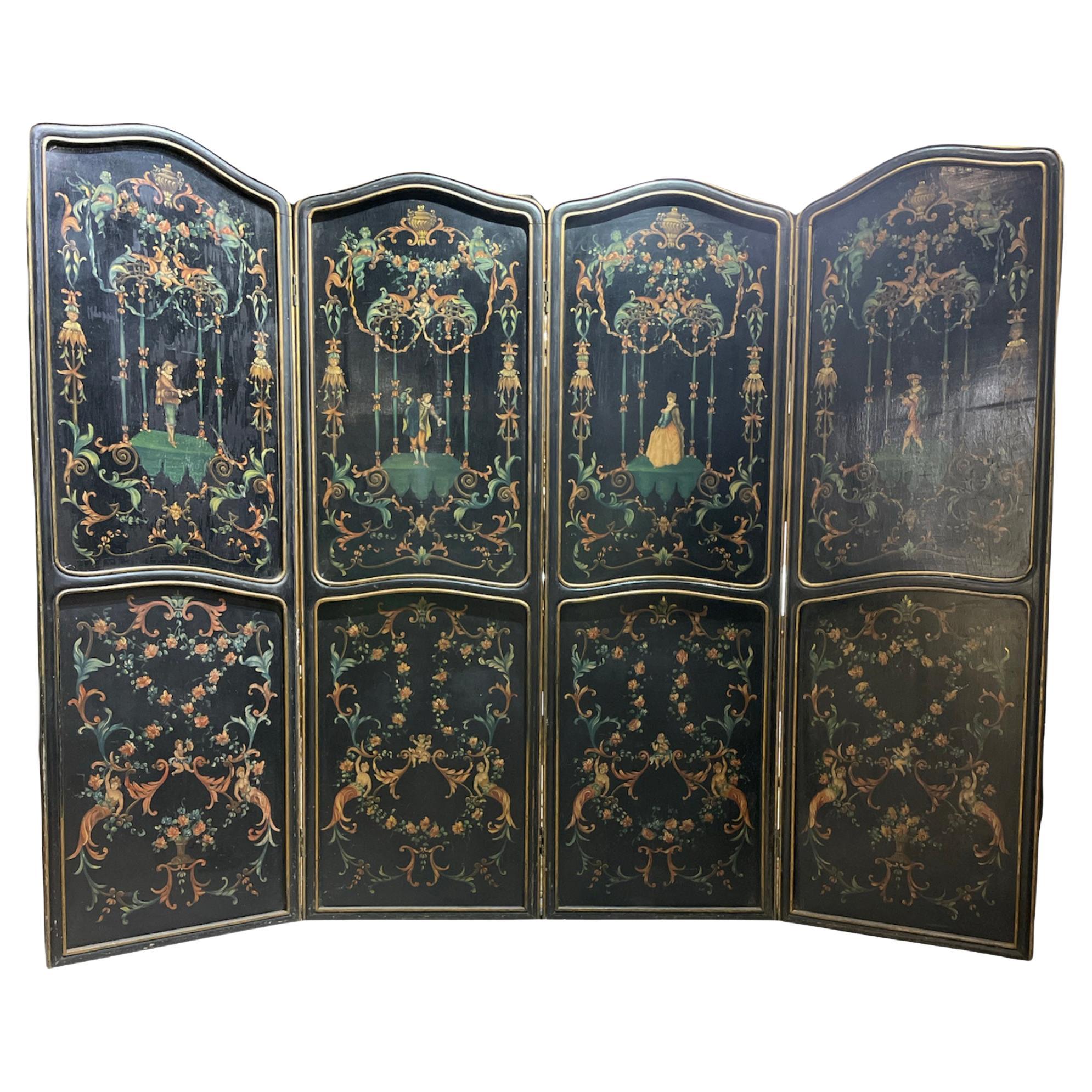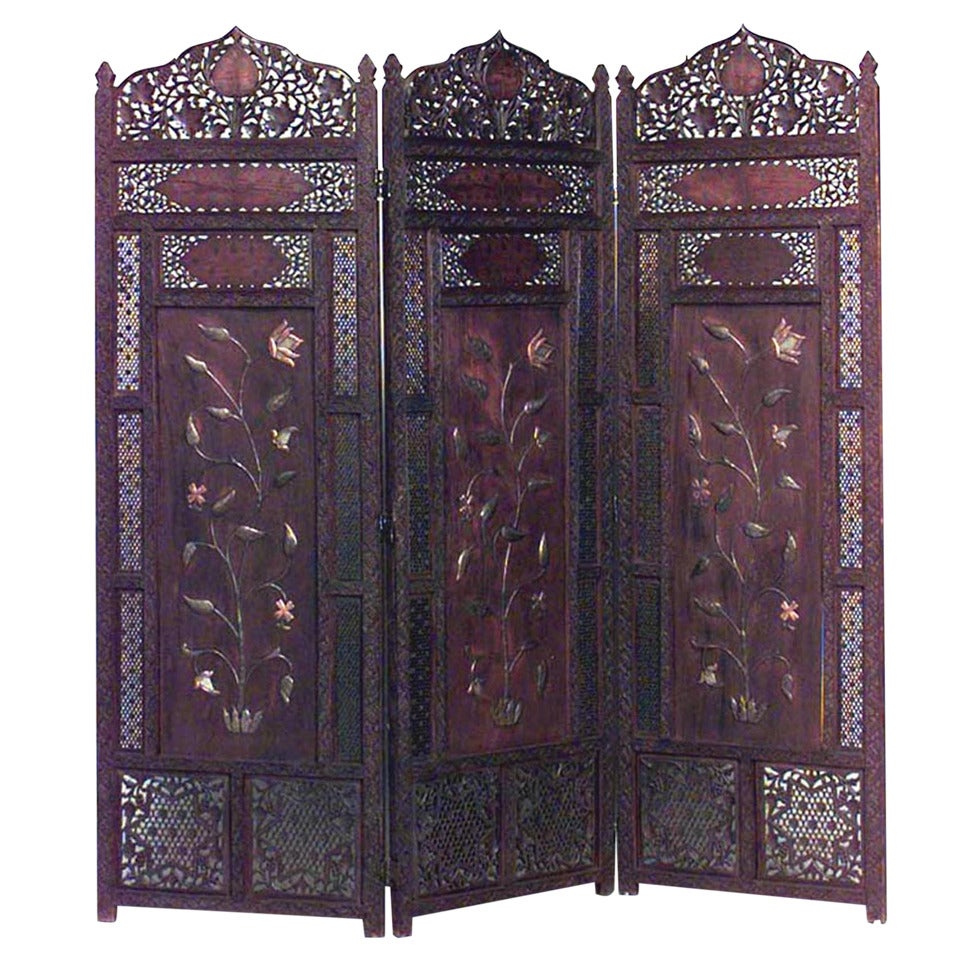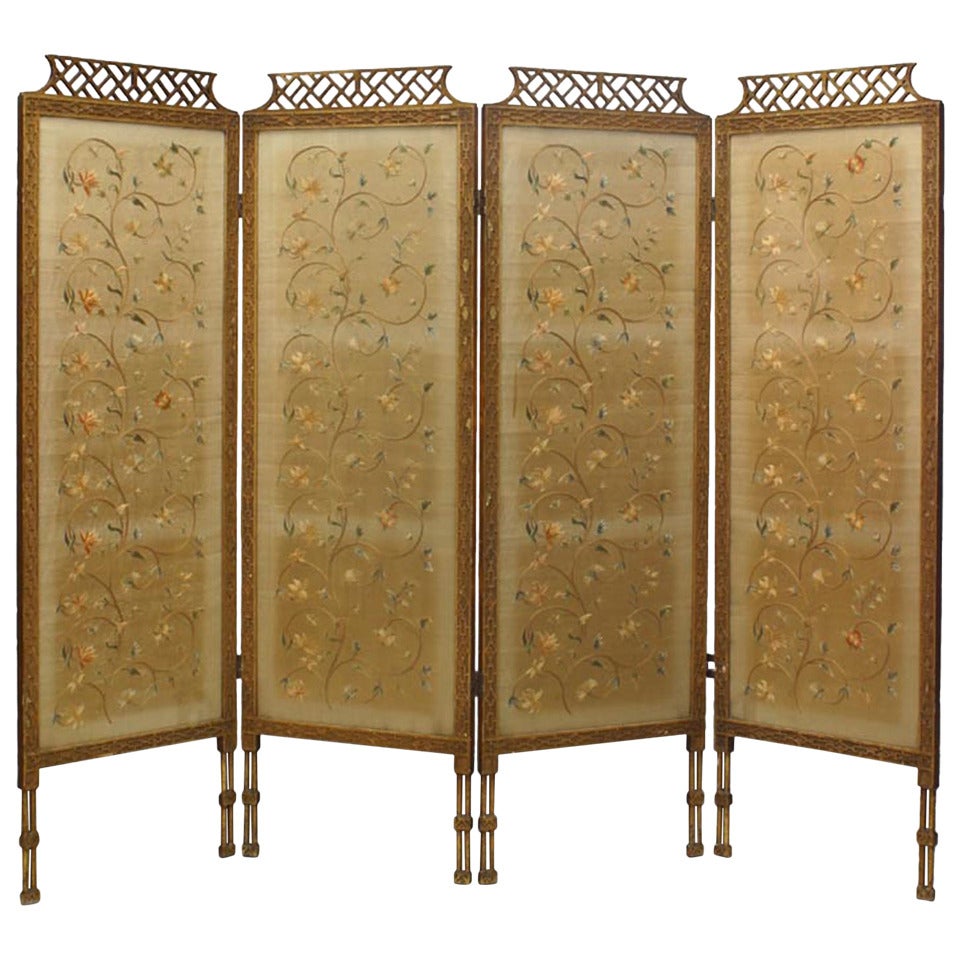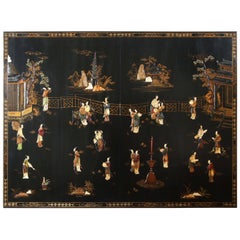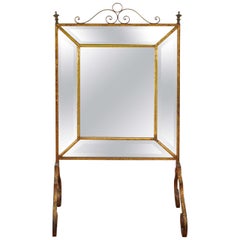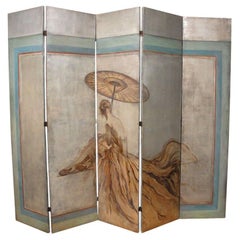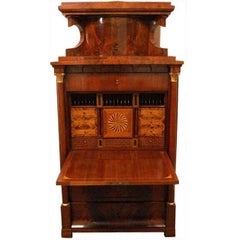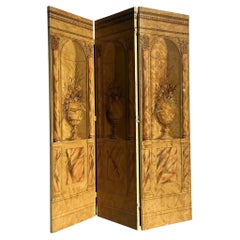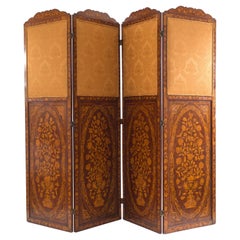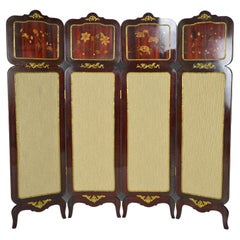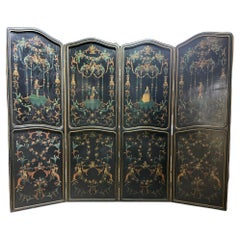Items Similar to Early 19th Century Italian Micro Marquetry Petite Screen
Video Loading
Want more images or videos?
Request additional images or videos from the seller
1 of 11
Early 19th Century Italian Micro Marquetry Petite Screen
$1,230
£933.30
€1,067.14
CA$1,717.98
A$1,910.16
CHF 997.38
MX$23,251.25
NOK 12,726.11
SEK 11,923.76
DKK 7,964.26
Shipping
Retrieving quote...The 1stDibs Promise:
Authenticity Guarantee,
Money-Back Guarantee,
24-Hour Cancellation
About the Item
Very unique table top folding screen with very detailed inlaid wood.
- Dimensions:Height: 17 in (43.18 cm)Width: 19 in (48.26 cm)Depth: 2 in (5.08 cm)
- Materials and Techniques:
- Place of Origin:
- Period:
- Date of Manufacture:Unknown
- Condition:Wear consistent with age and use.
- Seller Location:Los Angeles, CA
- Reference Number:Seller: HG13-190031stDibs: LU881213717361
About the Seller
5.0
Vetted Professional Seller
Every seller passes strict standards for authenticity and reliability
Established in 1980
1stDibs seller since 2009
261 sales on 1stDibs
Typical response time: 1 hour
- ShippingRetrieving quote...Shipping from: Los Angeles, CA
- Return Policy
Authenticity Guarantee
In the unlikely event there’s an issue with an item’s authenticity, contact us within 1 year for a full refund. DetailsMoney-Back Guarantee
If your item is not as described, is damaged in transit, or does not arrive, contact us within 7 days for a full refund. Details24-Hour Cancellation
You have a 24-hour grace period in which to reconsider your purchase, with no questions asked.Vetted Professional Sellers
Our world-class sellers must adhere to strict standards for service and quality, maintaining the integrity of our listings.Price-Match Guarantee
If you find that a seller listed the same item for a lower price elsewhere, we’ll match it.Trusted Global Delivery
Our best-in-class carrier network provides specialized shipping options worldwide, including custom delivery.More From This Seller
View AllElaborate Chinese Room Divider
Located in Los Angeles, CA
Chinese screen. Beautifully and elaborately decorated on both sides. Raised detailing and mother-of-pearl inlays on one side and gold painted detail on reverse side.
Category
Vintage 1920s Chinese Decorative Art
Materials
Wood, Hardwood, Paint, Paper
French Ladies "Powder Veil" Screen
Located in Los Angeles, CA
Very rare late 18th century French fireplace screen with original gold finish and original beveled glass.
Category
Antique 1870s Louis XIV Screens and Room Dividers
Materials
Brass
Vintage French Deco Style 5- Panels Silver Leaf Screen Attributed Jaques Grange
By Jacques Grange
Located in Los Angeles, CA
Vintage Five Panels Hand Painted Folding Silver Leaf Screen, Reclining Female with Paper Umbrella is Designed by Jacques Grange
Painted Acrylic on Canvas Mounted on Wood, Each Panel ...
Category
Late 20th Century French Screens and Room Dividers
Materials
Silver Leaf
Early 19th C. Swedish Empire Style Secretaire
Located in Los Angeles, CA
Vintage Mahogany, architectural upper section with demi-lune drawer, dentil frieze below and full drawer, drop-front fitted interior with marquetry drawers and doors, two side column...
Category
Antique 19th Century Swedish Secretaires
Materials
Wood, Hardwood
$52,500 Sale Price
30% Off
Pair of Mahogany Two Fold Floor Screens
Located in Los Angeles, CA
Pair of Mahogany two fold floor screens. Screens are faced with book spines that are made of carved wood and stained to give the look of leather. Gilt lettering has been added to g...
Category
20th Century Unknown Screens and Room Dividers
Materials
Wood
Antique Cabinet /Armoire with Carved Detail on Top
Located in Los Angeles, CA
Antique armoire/case piece with original shelving inside. Great as a cupboard or linen closet, as well.
Two large drawers at the bottom. Carved detail a...
Category
Antique 19th Century American Cabinets
Materials
Walnut
$4,224 Sale Price
20% Off
You May Also Like
Vintage Regency Hand Painted Screen
Located in West Palm Beach, FL
Add a touch of timeless elegance with this vintage Regency hand-painted screen. Featuring exquisite, detailed artwork and a refined design, it’s perfect for dividing spaces, enhancin...
Category
Late 20th Century American Regency Screens and Room Dividers
Materials
Canvas, Wood, Paint
Continental Dutch Style Mahogany 4-Fold Screen with Marquetry
Located in Queens, NY
Continental Dutch style (19th century) mahogany and inlaid marquetry 4 fold screen with upholstered top panel with shaped crest at top.
Category
Antique 19th Century Other Paintings and Screens
Materials
Mahogany
Neo-Classical Folding Screen with Marquetry, France, circa 1970
Located in VÉZELAY, FR
Wooden 4-panel folding screen with marquetry.
The upper part is decorated with Japanese-inspired marquetry of various species. The fabric of the lower part has been changed recent...
Category
Vintage 1970s French Neoclassical Revival Screens and Room Dividers
Materials
Brass, Bronze
$1,918 Sale Price
20% Off
Late 19th Century Italian Screen Four Panels Paint on Wood
Located in palm beach, FL
Four screen rectangular paravent. The panels are painted on wood . The upper part is in the shape of a gendarme’s hat.
Each panel is richly painted with floral decor, galantes, cost...
Category
Antique 1880s Italian Screens and Room Dividers
Materials
Wood
19th c. Middle Eastern Filigreed Folding Screen
Located in Queens, NY
Nineteenth century Middle Eastern carved folding screen with three carved teak panels, brass and copper floral designs, and filigreed tops and si...
Category
Antique 19th Century Screens and Room Dividers
Materials
Teak
19th c. Chinese Chippendale Folding Screen
Located in Queens, NY
Nineteenth century English Chinese Chippendale four fold screen with silk panels embroidered with floral chinoiserie patterns framed in giltwood carved with filigree fretwork tops.
Category
Antique 19th Century British Chinese Chippendale Screens and Room Dividers
Materials
Gold Leaf
More Ways To Browse
Table Top Screen
Italian Painted Screens
Antique Carved Screens
Antique Table Screen
Italian Folding Screens
Antique Folding Screens Room Dividers
Folding Table Screen
Marquetry Folding Table
Antique Hand Carved Room Dividers
European Folding Screen
Wood Folding Screens
Art Deco Room Screen
Midcentury Design Room Dividers
Bamboo Screen Mid Century
Divider Black Screen
Art Deco Room Divider
Folding Screens Black
Decorative Folding Screens
